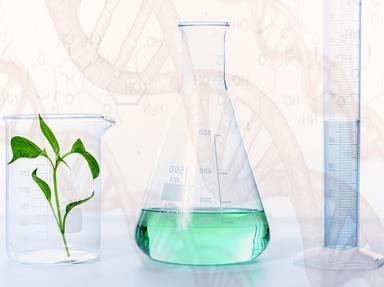
Predicting the Products of Chemical Reactions Quiz
This quiz is intended to test your knowledge on chemical reactions. It covers some basic aspects of chemical reactions. It gets more and more difficult towards the end. (everything at room temperature and pressure unless specified otherwise)
A multiple-choice quiz
by bbi5291.
Estimated time: 5 mins.
- Home
- »
- Quizzes
- »
- Science Trivia
- »
- Chemistry
- »
- Chemistry Mix
